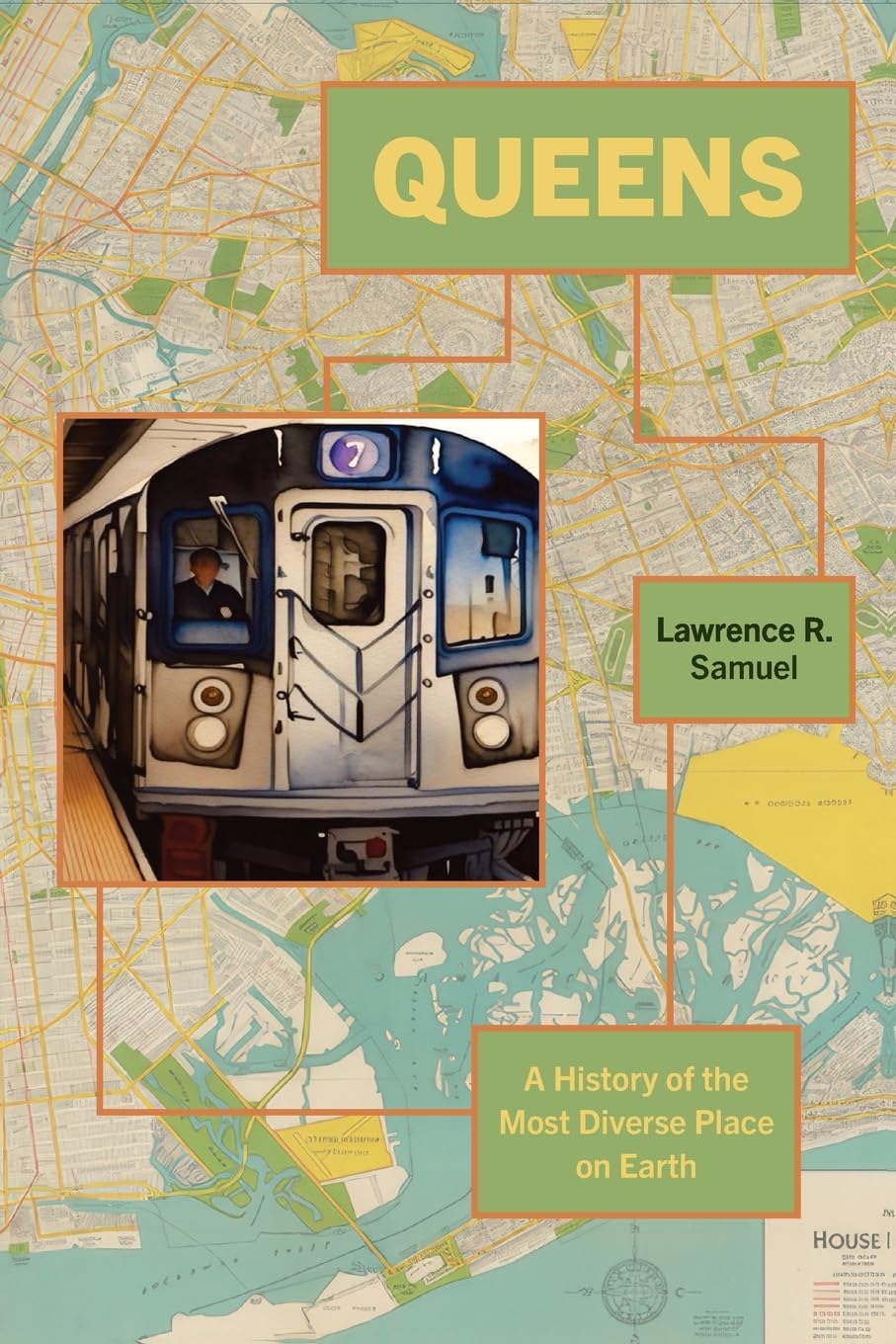In his new book, Queens: A History of the Most Diverse Place on Earth, prolific author Lawrence R. Samuel charts the historical development of the New York City borough from the 1920s to today. Samuel's narrative traces the evolution of Queens from a quasi-suburb of Manhattan for the white middle class into, today, the most diverse multiethnic, multiracial, and multireligious county in the United States. From the leafy enclaves of Forest Hills Gardens and Sunnyside to the transformations of Flushing Meadows, Samuel focuses on the residential development that has become home to more than 2.4 million New Yorkers. As he argues, following the trajectory of Queens adds much to our understanding of the city, the country, and the world.
After his presentation, Samuel engages in dialogue with Lynne Sagalyn, a scholar of planning, policy, and real estate who was raised in Kew Gardens, Queens.
Lawrence R. Samuel
Lawrence R. Samuel is a Miami- and New York City–based independent scholar. He holds a Ph.D. in American Studies from the University of Minnesota and is the author of many books, among them The End of the Innocence: The 1964–1965 New York World's Fair, Making Long Island: A History of Growth and the American Dream, and Tudor City: Manhattan's Historic Residential Enclave.
Lynne Sagalyn
Lynne Sagalyn is Earle W. Kazis and Benjamin Schore Professor Emerita of Real Estate at Columbia Business School and the author of Power at Ground Zero: Politics, Money, and the Remaking of Lower Manhattan and recently, Times Square Remade: The Dynamics of Urban Change.
The program begins with an introduction by Museum director Carol Willis, followed by Lawrence R. Samuel's presentation, then a dialogue with Lynne Sagalyn.
